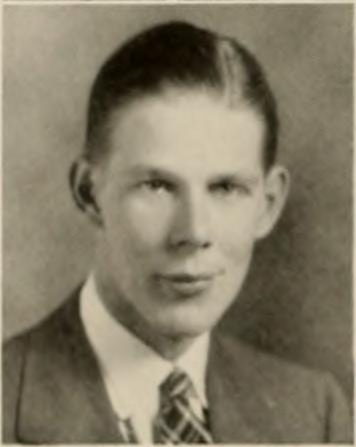


SPIN: Measuring the square of the component of spin of certain elementary particles of spin one, taken in three orthogonal directions, results in a permutation of (1,1,0). And calling something thin and yawn-inducing only means that something is boring, not that something isn’t sufficient for my purposes. Fin is a consequence of relativity theory. Philosopher John Earman calls this view a thin and yawn-inducing sense of passage. The spin and twin axioms can be established by entanglement experiments. Serguei Krasnikov, Back-in-Time and Faster-than-Light Travel in General RelativityĪ book from a fairly well-versed theorist on the topic, it goes over quite a lot of very specific theoretical matters concerning time travel. John Conway and Simon Kochen assume three axioms, which they call 'SPIN', 'TWIN' and 'FIN'. They are interested in Philosophy of Physical Science and General Philosophy of Science. 'Agent Based Models and Generative Social Science'. George Ellis (2005) 'Physics and the Real World', Physics Today. Earman also wrote "A primer on determinism", which also contains a bit on time travel in physics.Įnrico Rodrigo, "The physics of stargates"Ī book without any advanced math on the topic of wormholes, similarly to Visser's book but aimed at a more general audience.Īlan Everett, Thomas Roman, "Time travel and warp drives"Ī book on various spacetimes featuring closed timelike curves (and faster-than-light spacetimes) aimed at the general public. John Earman is an unknown at University of Pittsburgh, Department of Philosophy. John Earman's 70 research works with 2,133 citations and 4,870 reads, including: A Guide to the Bargmann Mass Superselection Rule: Why There Is-and Isn't-Mass Superselection in Non-Relativistic. John Earman (2007) 'Aspects of Determinism in Moden Physics' in Butterfield, J., and Earman, J., eds., Philosophy of Physics, Part B. Also mostly a reference book rather than a proper repository of proofs (there's some sketches of proofs), but still quite a lot of math. John Earman, "Bangs, Crunches, Whimpers, and Shrieks"Įarman is entirely dedicated to weird issues related to general relativity, such as singularities, closed timelike curves, the initial value problem, supertasks, horizons and other such problems. While more of a reference book than a proper derivation for every problem, it's fairly mathy. This is a technical mathematical argument. As one important aspect of wormholes is their ability to generate closed timelike curves, it has a decent section on spacetimes with closed timelike curves, their effects on quantum fields and other such issues. One powerful argument against spacetime substantivalism, offered by John Earman is known as the hole argument. Mostly related to wormholes, as the title implies. There aren't a lot of books specifically related to time-travel issues, but here are some that have a decent part of them related to the issue :


 0 kommentar(er)
0 kommentar(er)
